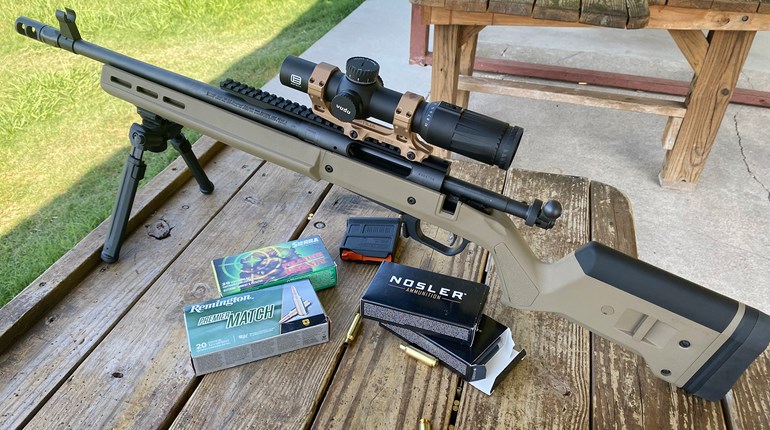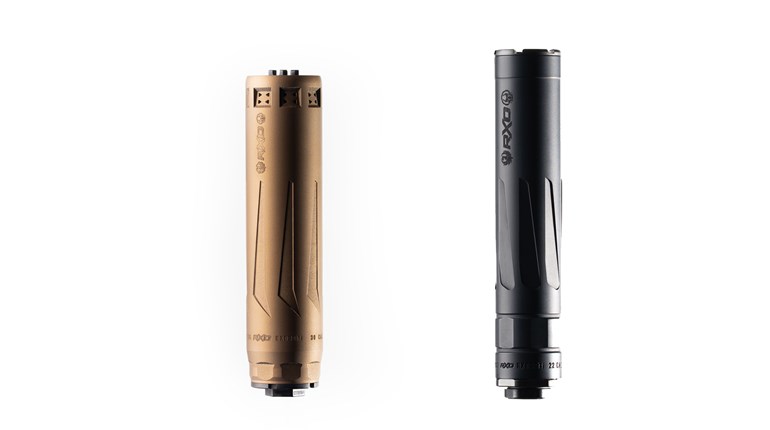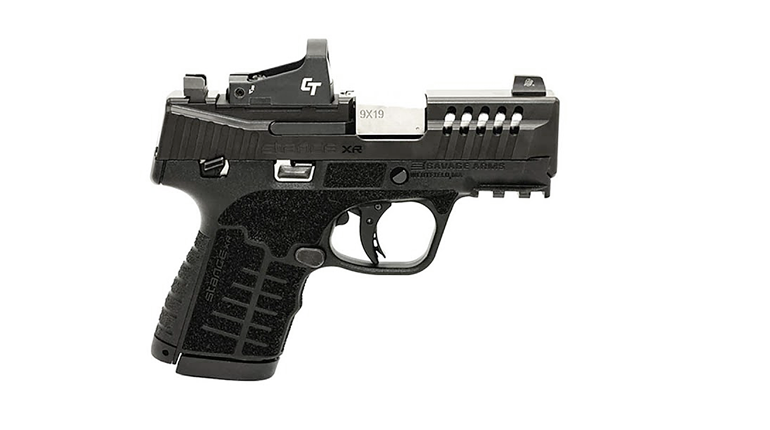
Back in the early 1980s, Cooper gathered a number of like-minded individuals together and discussed the design and use of what he came to call the scout rifle.
To Col. Cooper, the scout rifle was a bolt-action chambered for the .308 Win. cartridge. It should weigh between about 6.5 and 7.5 pounds, with an overall length of some 39.5 inches. It would feed from a detachable-box magazine and have ghost-ring iron sights. Probably the most unusual feature of Cooper's design was the forward-mounted, low-powered scope.
To Cooper, the scout was to be a general-purpose rifle, a gun capable of personal defense for the armed citizen and also useful for hunting. Thus, he had no use for a rifle chambered for the popular .223 Rem. cartridge, nor did he think the scout rifle needed more power than the .308 Win. had to offer. His idea was a short, compact rifle that could successfully deal with targets up to about 200 pounds at whatever range the shooter could keep his shots in an 8-inch circle.
Today, scout rifles are manufactured by Steyr, Ruger and Savage, with a number of custom versions offered by various riflesmiths around the world. None of the three mass-produced rifles meet the colonel's specifications exactly, but that is probably not as big a deal as some would have us believe.
The scout-rifle concept gives the armed citizen a rifle he can use for feeding his family and for defending that family. The lone rifleman—especially the armed citizen—can still be very effective without a greater-capacity semi-automatic rifle. If he is to survive a deadly encounter, he must shoot and run. To stand one's ground and fight a pitched battle is to sign one's own death certificate. Jeff Cooper's scout-rifle design gives one the important combination of accuracy and power in a relatively lightweight package. In my view, the scout rifle joins that small, elite group of arms we have come to call "a rifleman's rifle."





































